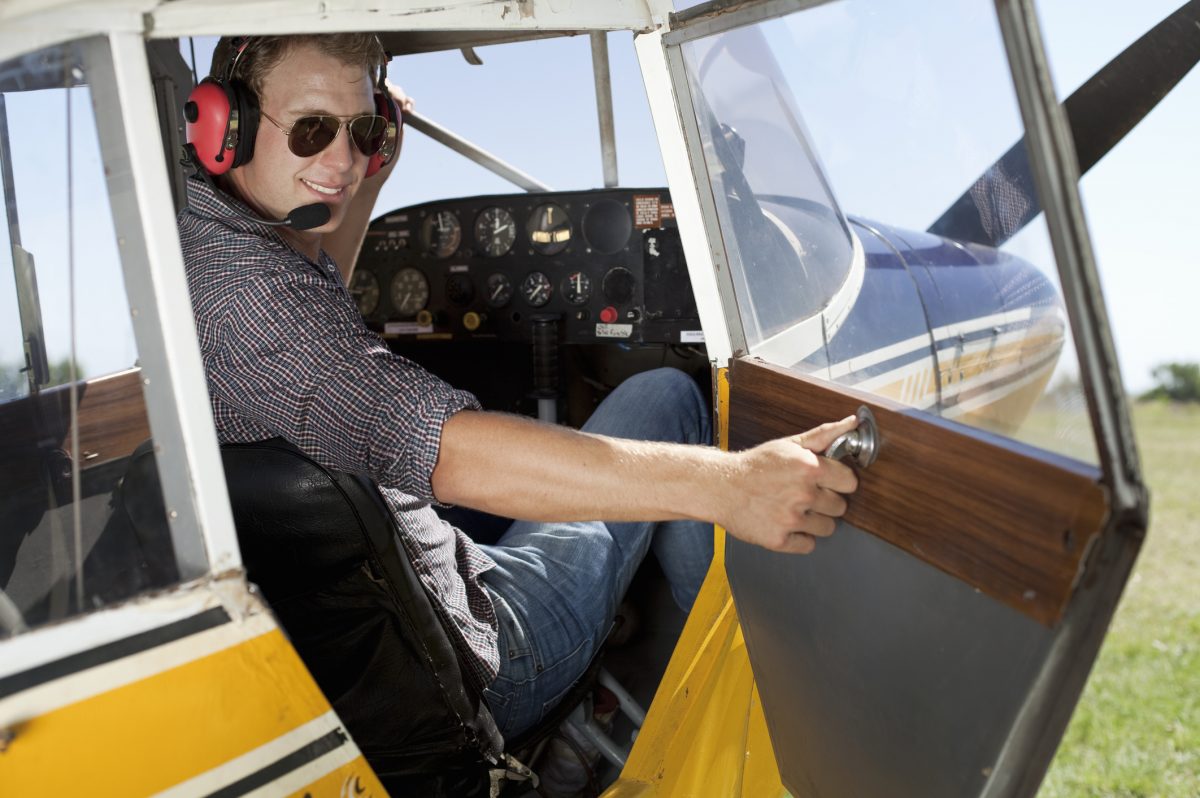
Keeping your airplane clean and tidy is a good idea at any time of year. Now more than ever, with the ongoing coronavirus crisis and cold and flu season approaching, staying healthy is top of mind for pilots and passengers alike.
Cleaning and disinfecting aircraft requires specific products and techniques. Using the wrong cleaning substances can cause extensive (and expensive) damage to interior surfaces, sensitive aircraft avionics and instrument panels, as well as certain exterior components of the airplane like the propeller blades.
Here are some tips and best practices to follow when cleaning your aircraft:
Regularly cleaning your airplane’s cockpit is important, especially if you share the plane with other people. Many general aviation aircraft have been used for lifesaving missions amid the coronavirus crisis, so proper disinfection is even more essential for flight crews and passengers. If you’re not careful, however, certain cleaning products could wreak havoc on your airplane’s delicate avionics and instrument panels.
Recently, a Florida-based flight school shared the dangers of using the wrong disinfectants on aircraft. A well-meaning renter of a Cessna 172 used an alcohol-based sanitizer produced by a distillery to wipe down the yokes and inadvertently damaged the panels and paint. The flight school had to remove the radio, all avionics, and switches to resurface the panels. Lesson learned!
Before using a new cleaning substance, test it on a small area and see if there are any adverse effects. Due to the sensitive nature of instruments and screens in the cockpit area, only use products recommended by the manufacturer.
Garmin advises against using any cleansers with ammonia, which will harm the anti-reflective coating on glass displays. Disinfecting using a solution of 70% isopropyl alcohol and a clean, lint-free cloth is preferred.
A dirty or scratched windshield can reduce visibility and pose a safety hazard in flight, especially on sunny days. Knowing how to properly clean your aircraft’s windows will prolong their life and help you avoid expensive repairs.
Most light aircraft have acrylic windows and windshields, which can easily be scratched if the proper cleaning products and techniques aren’t used.
Keep these tips in mind:
When washing the aircraft’s exterior, take your time and use the opportunity to get a closer look at your airplane. You might even notice signs of damage you need to address.
Before you start, ensure all static ports and sensors are covered. Then, use a hose (never a pressure washer) to flow water over the airplane and use your bare hand to feel over the surface for any imperfections in the paint, or dirt and bugs.
From there, you can apply an airplane-specific degreaser and bug remover to spot-clean difficult spots on the airplane’s exterior. Finally, wipe down any remaining oils or contaminants from the surface with an aircraft wash.
When you get to the propeller, we recommend using a soft cloth and a mild solution of dish soap and water to remove any contaminants stuck to the blades. Always wipe the blades in a downward motion to prevent liquid from running up into the hub. If you have any questions, feel free to contact our technical team.
Regularly cleaning your headsets and mics will keep them in good condition and limit the spread of germs. You can wipe down most headsets with a disinfectant wipe. If your mic has a foam cover, you can remove it, rinse in a disinfectant solution (like Clorox), and dry it before putting it on again.
Most portable electronics, like tablets, phones, and cameras, can be disinfected using a soft, lint-free cloth moistened with 70% isopropyl alcohol. Avoid getting moisture in any openings, such as charging ports.
With proper cleaning products and techniques, you can keep your airplane in tip-top shape while limiting the spread of viruses and bacteria. Here’s to safe, healthy, and happy flying!